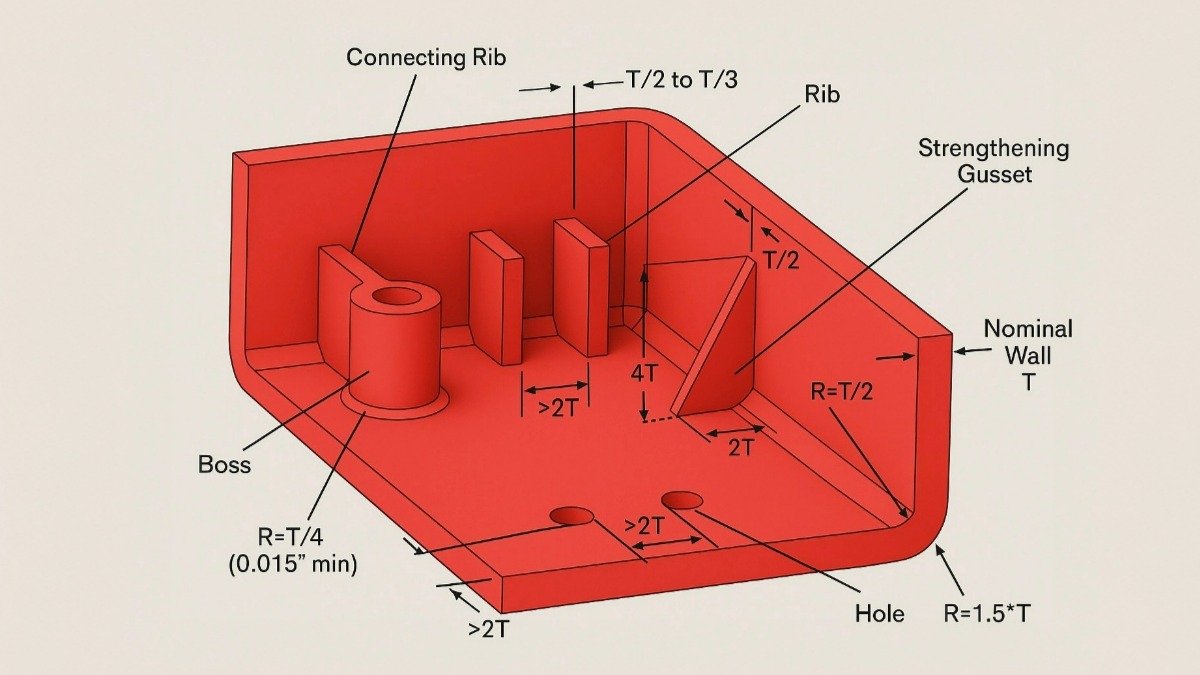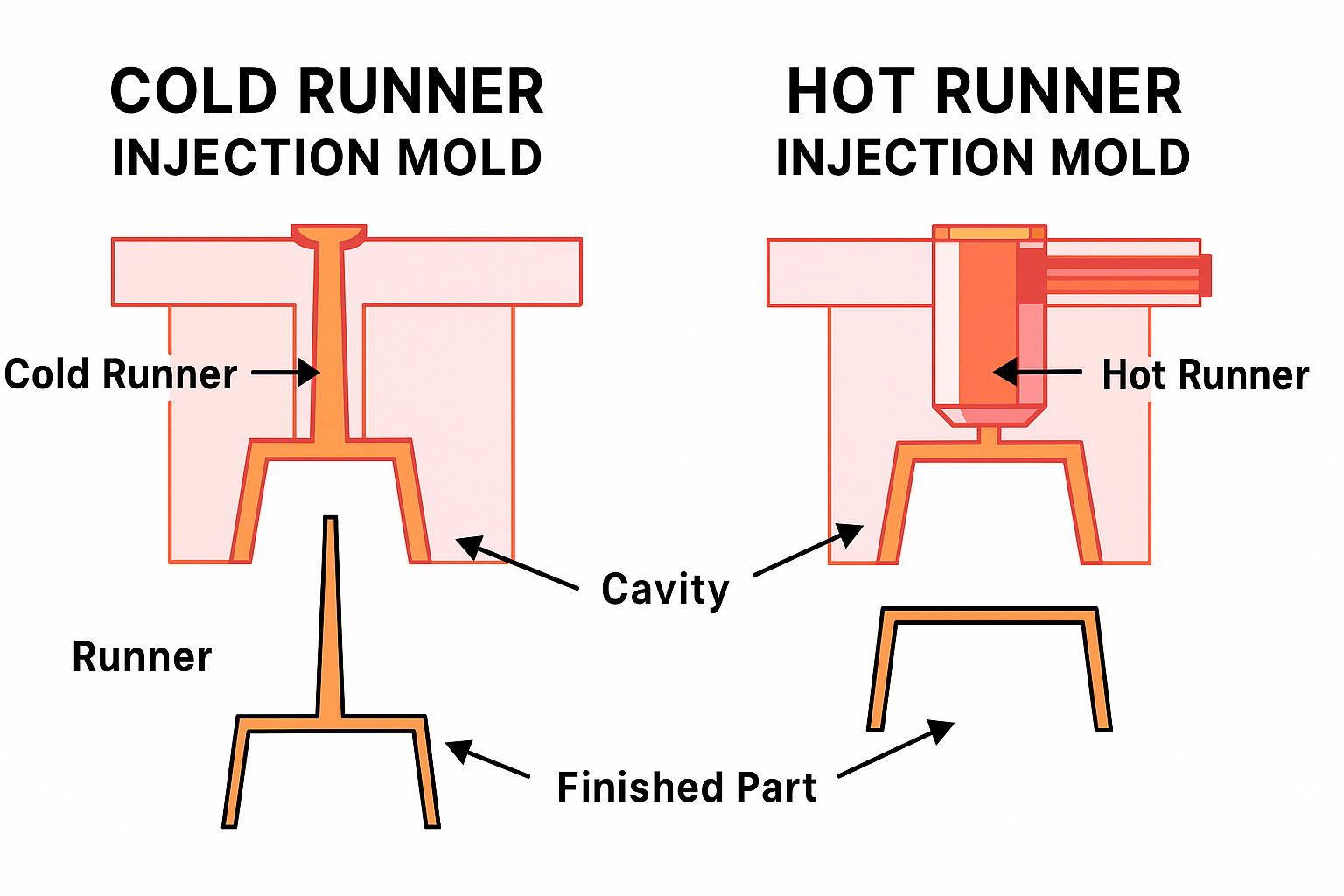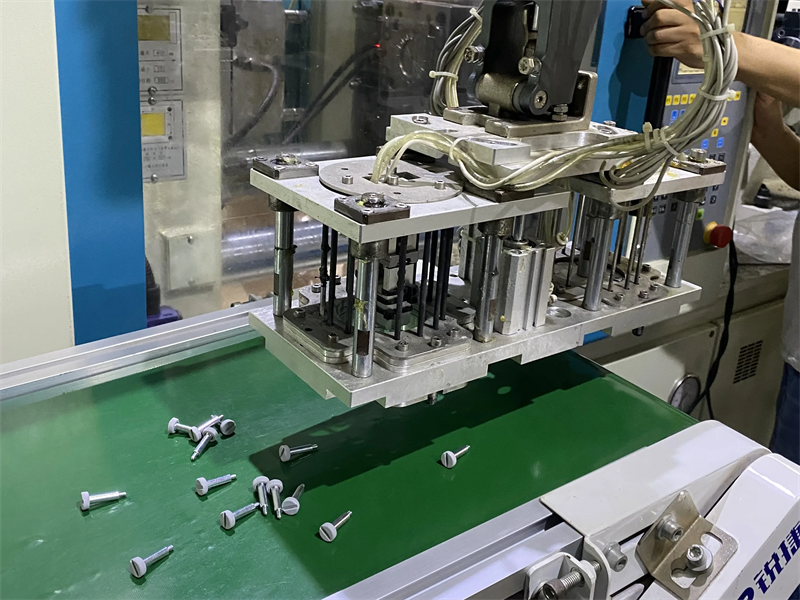How Mold Design Varies Across Medical, Automotive, Electronics, and Packaging Sectors
While the fundamentals of mold design remain the same, the requirements placed on a mold can vary significantly depending on the industry it serves. Product function, regulatory standards, cosmetic needs, and production conditions all influence how a mold should be designed, built, and maintained.
This article outlines the key mold-related expectations in several major industries: medical, automotive, consumer electronics, and packaging.
1. Medical Industry
Molds used in medical applications face some of the strictest quality and hygiene requirements.
Key considerations:
- Material selection: Corrosion-resistant tool steels (e.g., S136, 420 stainless) are often used to withstand frequent cleaning and sterilization
- Cleanroom compatibility: Molds may need to be operated in ISO Class 7–8 cleanroom environments
- Part consistency: Dimensional stability and zero flash are critical for functional components like syringes or diagnostic parts
- Documentation and traceability: Mold history, maintenance records, and validation data are often audited
- FDA or ISO 13485 compliance may indirectly influence mold qualification
Typical parts: syringes, connectors, diagnostic cartridges, enclosures for medical devices
2. Automotive Industry
In automotive manufacturing, mold design must prioritize durability, precision, and large-scale production efficiency.
Key considerations:
- High shot count: Molds must often run 500,000–1,000,000+ cycles reliably
- Dimensional precision: Tolerance stack-up in assemblies (e.g., interior trims) requires tight control
- Heat and UV resistance: Parts exposed to engine compartments or sunlight need molds suited for special polymers
- Surface finish: Aesthetic parts (e.g., interior panels) demand Class A surfaces and texture replication
- Mold interchangeability: Global platforms may require the same mold to run in different facilities
Typical parts: dashboards, air vents, clips, housings, lamp lenses
3. Consumer Electronics
Electronics products often demand high cosmetic standards and tight tolerance for fit and function.
Key considerations:
- Micro-detailing: Text symbols, logos, or touch interfaces need high-fidelity cavity finishes
- High-gloss or matte finishes: Surface textures must be uniform across high-visibility areas
- Tight assembly tolerance: Many parts must snap-fit, press-fit, or align precisely without fasteners
- Multi-cavity molds: High-volume parts like buttons or keycaps require tight cavity-to-cavity control
- Short product life cycles: Tooling lead time and adaptability to design changes are important
Typical parts: enclosures, bezels, buttons, ports, wearable shells
4. Packaging Industry
Packaging production is often cost-driven and speed-sensitive, demanding high-output tooling with minimal downtime.
Key considerations:
- Cycle time: Molds must support fast production (2–5 seconds per shot in some cases)
- Lightweight part design: Thin-wall sections require special attention to flow balance and cooling
- Hot runner systems: Essential for reducing waste in multi-cavity molds
- Durability vs. cost: Depending on product lifespan, aluminum molds may be acceptable
- Decoration-ready: In-mold labeling (IML) or printing compatibility may be required
Typical parts: caps, bottles, food trays, containers
Conclusion
While all molds aim to produce consistent, defect-free parts, each industry imposes specific technical, regulatory, and performance demands that shape mold design choices.
Engineers, product developers, and sourcing teams must understand these differences to ensure that the tooling is not only technically feasible, but also aligned with end-use expectations and cost-performance goals.
Tailoring the mold to its application is not a luxury — it’s essential to achieving long-term production success.
#MoldDesign #InjectionMolding #MedicalDevices #AutomotiveParts #ConsumerElectronics #PackagingIndustry #PrecisionTooling #DFM #ManufacturingStandards



